It is possible to guess in the garden in the garden, you can guess with closed eyes - the flowers are smelledfully smell, and it is impossible to forget this charming fragrance. The Big Family of Lekkoev is represented by grassy perennial and annual plants growing mainly in African countries, southern Europe and selectively in Asia. Beautiful flowers are an integral part of the classic park style: it is a plant left plant sets the tone to the general mood of the garden. If you get acquainted with this flower closer, you will certainly invite him to your garden. Read the article on the peculiarities of growing and leaving.
Advanced gardeners know that Levko has another name. The plant is also known as Mattiola, so it was named after the Italian nerd Pietro Mattioli. In the 16th century The scientist conducted a huge work in the field of studying the family of cruciferous (cabbage), to which Levko belongs. There is a third name - in the literal translation from the Greek "Levka" means "white violet".
Description Levko
The lean is a herbaceous plant or a semi-busty with straight branched stems. Its height ranges in the range of 20 - 80 cm. Complete smooth or dilated stems are framed by foliage of the lancing or elongated shape with an uneven or solid edge. Simple and terry leather flowers, painted in white, pink, purple, dirty yellow color, are combined with ear-shaped or private inflorescences.
In the family there are annual and two-year-old plants, as well as levko perennials. Blossom begins in June, and ends in November. Fruit plants with pods filled with narrow-colored and flat seeds. A distinctive feature of Levko is his pleasant fragrance, all notes of which are revealed in full after 8 pm. Nexle varieties of plants gained the glory of wonderful honeymows, and the terry, terrible, even the most modest flower beds makes incredibly elegant. To decorate the garden with a fragrant flower, you do not need to be a specialist - the left is distinguished by a fit and unpretentious character.
How to grow left from seeds
Before growing spherical growing, pay attention to several important points.
Sowing Levko on seedlings
To increase the percentage of germination, plant seeds need special processing: To begin with, they are poured with water at room temperature on one day, and then the swollen seeds worst wet gauze and leave for several days in a cool place for stratification.
Next comes sowing - at the end of March or in early April, the Levko seeds are laid out on a moistened substrate in the container. Components for the substrate serve 1 part of the sand and 3 pieces of the turf. The sowing material is unfolded evenly, but not thick, by 0.5 cm gently pressing it into the ground with his finger. After sowing, the container is tightened with a polyethylene film and transferred to well-shaded warm (about 21 - 22 0 C) place. Healthy sturdy seeds ride for 5 days, but they can "be shared" and longer, putting sprouts only after 10-14 days after sowing.
Sedua Care
After the appearance of sprouts, the film on the container is no longer needed. The container is substituted under the scattered sunlight, and the room temperature is reduced on average to 12 0C. In such conditions, the seedlings will quickly go into growth, but at the same time will not be pulled out. The perfect option for sprinkling the spawns is a light veranda without heating.
After 2 - 3 days after the appearance of seedlings they watered them. Please note that for the first time from the moment of sowing. After 2 weeks or a little earlier, picking time comes. Seedlings are seeded into the ground-filled individual small pots with drainage holes at the bottom. The Earth includes sand (1 part), sheet and hardening ground (2 parts) and a little hydrogel (for power roots). At this stage, seedlings are usually still without real leaves, and this is normal. Seedlings of fusion and late varieties of plants can be planted immediately into the garden.
After the first pair of real sheets, the seedlings fertilize. The nutrient solution is prepared by mixing zinc sulphate (0.1 g), manganese sulphate (0.1 g), copper sulphal (0.3 g) and boric acid (0.3 g). Next, the mixture is dissolved in 1 liter of water. In addition to feeding, the seedlings are also advisable to temper: on the balcony or veranda, where seedlings are located, periodically open the window, each time increasing the session time each time. Shortly before the landing in the open soil seedlings should have a whole day from the open window. Hardening starts approximately 10-14 days before the transfer of young levkoev in the garden.
Landing Leftow in Open Soil
At the open section of the Garden of Levko land in the last days of May. It is best to go landing in cloudy weather or shortly before sunset, otherwise the sun will destroy not yet faster than young flowers.
Note! Plots where other representatives of the Cruciferous family grew, are categorically not suitable for landing left. There, the plants are most likely waiting for the pest - a cruciferous flew. To dig up from this place the land on seedings is also not worth it, since the likelihood of infection of the seedlings of the disease is a black leg.
In the garden, it is planted on a well-drained area with scattered lighting. The plant will feel great in fertile ferrous and squeezed-linous soil with a slightly alkaline or neutral reaction.
Landing and leaving care begins with the preparation of the wells. Small pits, pulled out with an interval of 15 - 20 cm (25 - 30 cm, if the grade is tall and spread), poured with water and plant seedlings into this alone. Then all the wells fall asleep the earth and well condensed it.
Left care in open soil
The care of the left primarily provides for temperatics in everything. The plant is exclusively balanced regular watering, since too diligent moisturizing or long-term dry dust will adversely affect it in the same extent. After watering the flower, it is desirable to undermine and rush the soil around it. In the year of landing, long-term leeks do not need mulching.
Recall both feeders: Levkoi prefer the organic as an ash, complex mineral compositions in spring and potash-phosphoric fertilizers when flower.
Features of breeding Levko
The number of Garden Lekkoev in a short time increases thanks to the method of reproduction by seeds: you can search for a plant at least every two weeks, and the area will result in the sophisticated colors of the whole summer.
Beginner gardeners are important to know that the terry left is not multiplied by seeds, because it is imperfect, but it was noticed that terry flowers give seeds of poorly developed spanking copies with simple flowers. The fruits of such plants are represented by short, stupid pods, closely pressed to the stalk. Of these seeds, simple and terry flowers appear about the same amount.
If you want to know in advance, from which germs to expect a gift in the form of beautiful terry colors, the seedlings put first in place where the temperature keeps at the time of 12 - 15 0C, and after some time we move the landing container to where the temperature is significantly lower - approximately 6 - 8 0C. As a result of such manipulations, an interesting difference is manifested: shoots that in the future will give terry flowers, turn large and not very bright seedlines. Thus, the desired planting material can be sorted already at the stage of clearing seedlings.
Diseases and insects Dangerous for Left
The largest harness of the Garden Leftam is insect cruciferous flew. When a small amount of pests are detected from potential damage, the plant saves ash solution, treating the outer surface and the inner part of the leaf. For efficiency, 3 processing with an interval of 4 - 5 days are carried out. In case the leak attacked a large number of fleaings, not to do without insecticidal preparations. Decis, Aktellik, Bolat, Intavir have proven perfectly well.
In addition to the destructive effects of insects, Leftoi suffer from a black leg. The disease is expressed by a change in the color of the root section of the stem: first it becomes brown, and then inverse. The infected plant is no longer cured. To protect the young seedlings of the leaning from the illness in the future, the site before planting the plant is treated with a special preparation of Xom. The tool has a wonderful effect: the disease is usually no longer developing, even if its pathogens attended this site earlier.
Collection of levko seed
Sowing harvest Levkoev is collected in September - October, when their pods will rage. Maternal plants are riveted with roots and laid out in a dry ventilated room to completely dry. Dry pods bore and remove small seeds from there.
Zimovka Levko
Under the conditions of harsh winter, the thermal-loving levkos do not survive, so on the eve of cold weather, the flowers are pulled out of the ground, without waiting for their final withering, dispose of, and the soil on the site of the former flower beds are carefully loosen. In areas with a warm and mild climate, bush levkoev is simply cut under the root. You can also transplant your favorite flower into a separate container or pot and put in the house to enjoy the pleasant fragrance of Levko.
Varieties Levko
The most popular representative of the family is recognized as a species called Sedoya. The homeland of a beautiful plant is the countries of the Mediterranean and the Canary Islands. Strong annual is not afraid of cold. This high (up to 60 to 70 cm) plants are highly branching, very often all-insulated stems and large alternate diamonds or narrowed leaves of different shades of green. Lush flowers together "sit" at 10 - 60 pieces in loose inflorescences.
Lucky blossoms of Gray begins in June, and you can admire this spectacle until November. In the conditions of the southern climate, such leaves will be seen by flowers even in winter! Seeds do not lose weight to 4 - 6 years. Today there are about 600 species of the left-tree ledge, which are distinguished by the type of flowers. In the photo - the riot of paints of Levko gray:
In addition to the lean gray, there are many other no less beautiful species of plants. We list the main:
- budget leeks. These are medium-wing plants up to 30 cm in height, which indulgent gardeners with plentiful blooming all summer. They have large and very beautiful flowers of all sorts of shades. The bush himself looks slim due to the same length of central and side stems;
- golyanie Levkoi. Give terry flowers that keep up to the arrival of the first cold. The plant reaches a height of 60 cm. The specific feature of the species is that the flowers on the central stems bloom earlier than on the side;
- quadlinburg leeks. The plant has two types of large-size flowers - terry and non-none. The species is divided into subgroups consisting of sixth and bush levko. Those in turn are brcessing high, early low and high;
- erfurt Levkoi. These leukes can attract the attention of others - they have big and very fragrant flowers. The plant itself reaches 40 cm in height;
- large-flowered tree leeks. They resemble a small tree, as they rise above the ground at a distance of 1 m, and only the upper part of the stem is decorated with flowers. Flowers are large and incredibly fragrant;
- single-way levko. Pretty high - up to 80 cm in height - plants, in the period of flowering, give large terry flowers of various shades;
- pyramidal levko. By the name you can guess what kind of geometric shape is similar to the bushes of the plant. The height of floral "pyramids" varies. Some of the most beautiful representatives of the species - Ruby and Sapphire;
- spacidious levko. They are divided into two subgroups represented by removable and large-flowered plants.
As you might make sure, the left is very elegant and beautiful, so the specialists of landscape art often pay attention to this culture. Basically, flowers are used to build picturesque flower beds in the garden. A variety of shades of weightless colors will be converted even the most diverse corner on the household plot.

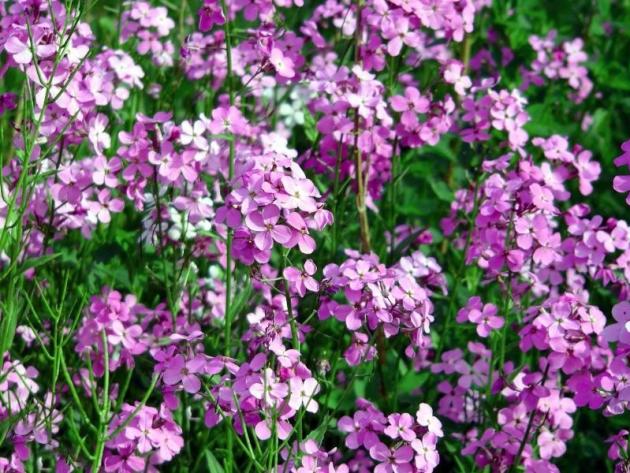
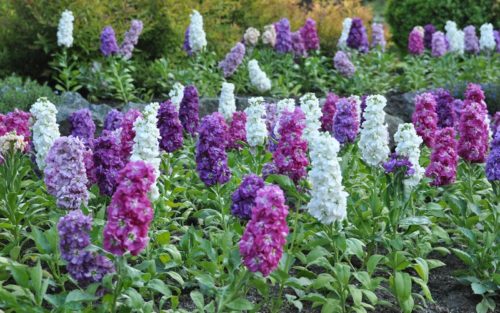
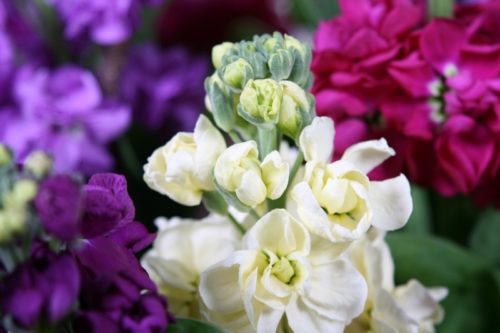
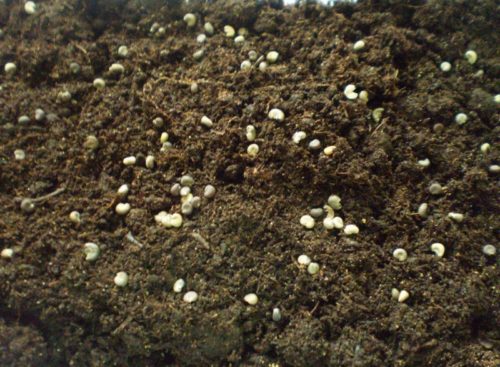
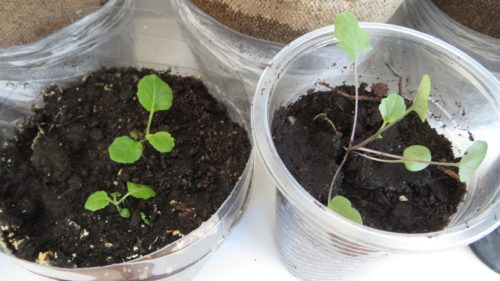
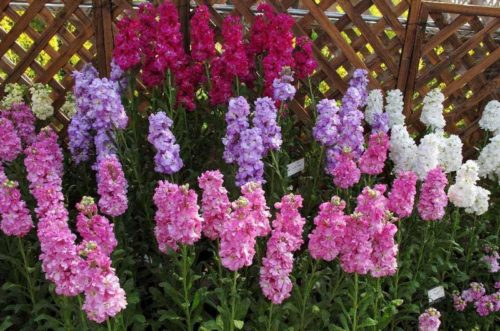
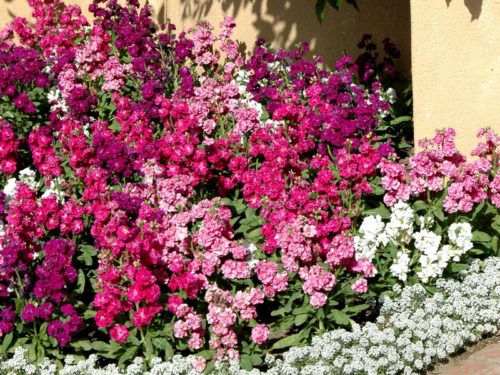
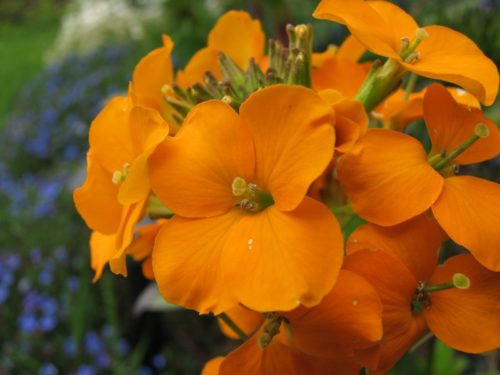
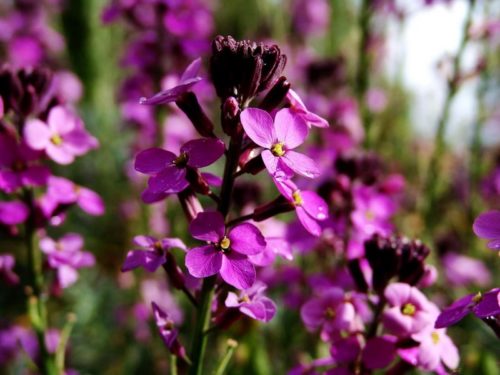
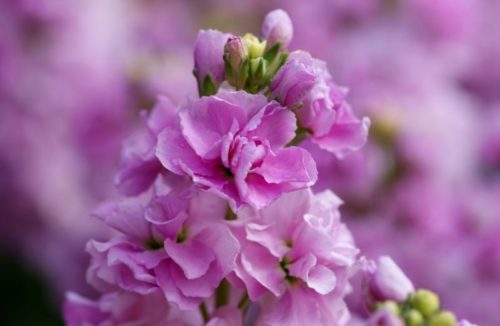
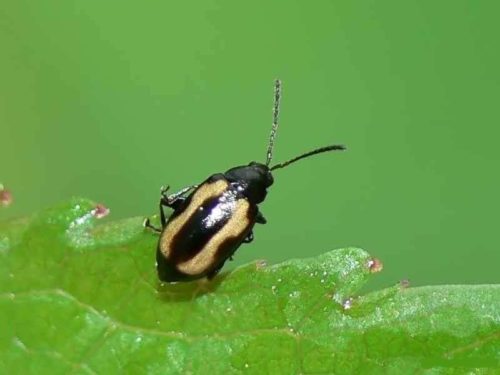
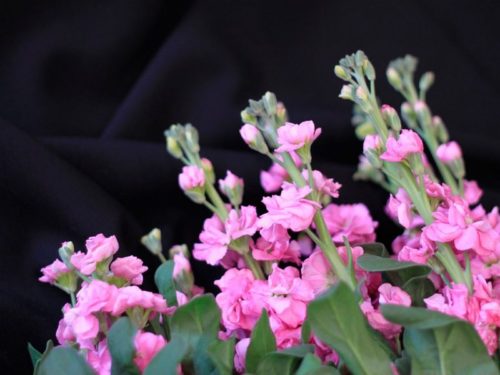

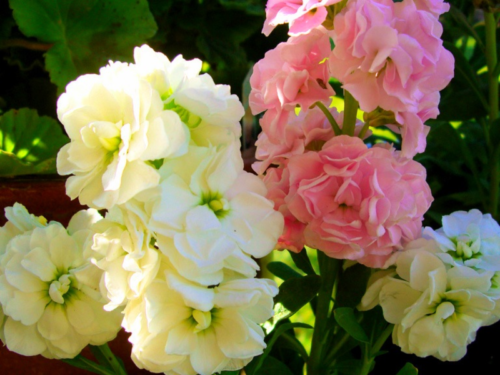
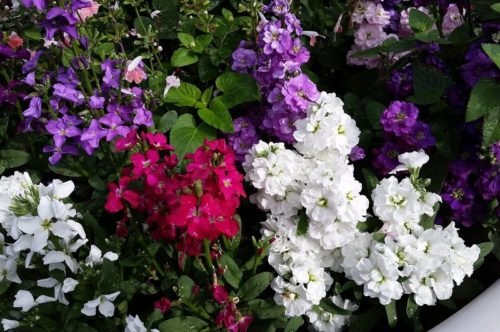
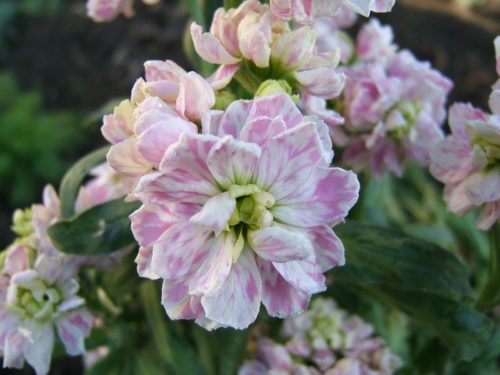
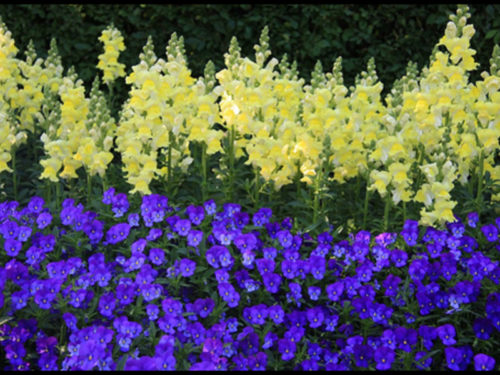












 Start a discussion ...
Start a discussion ...